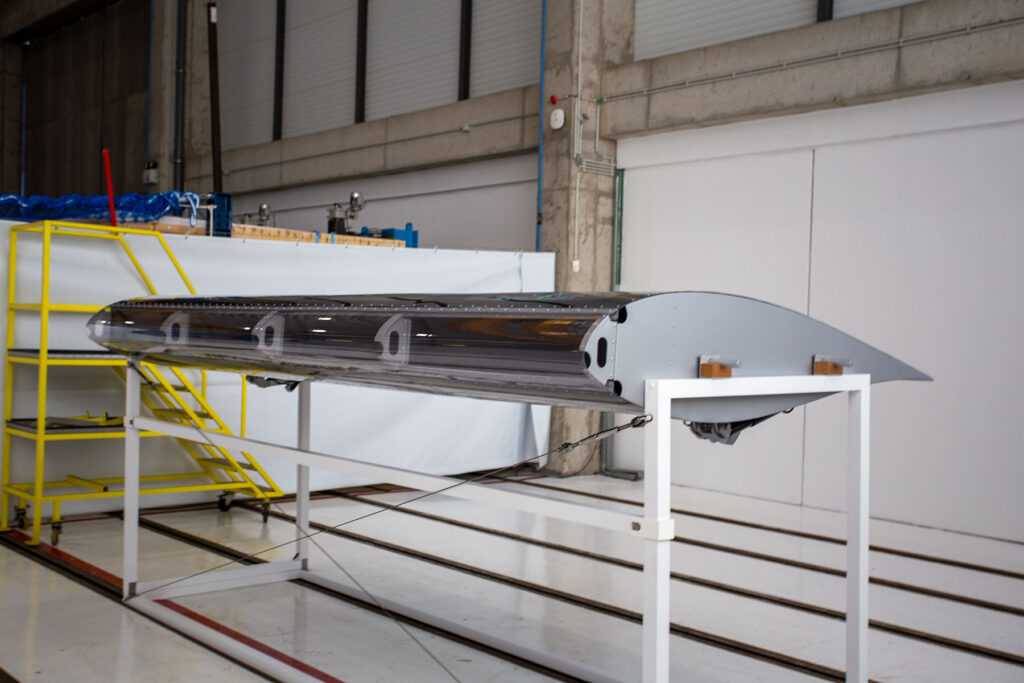The activities of the FORMOSA (FunctiOnal aiRcraft MOveable SurfAces) project, launched in 2020 to redesign the wing control surfaces of the NextGen Civil TiltRotor (NGCTR-TD) civil tiltrotor produced by Leonardo, have recently come to an end.
A tiltrotor is a hybrid aircraft that combines the characteristics of a helicopter with those of an airplane. The architecture of tiltrotors features two rotors, placed at the wingtips, which can rotate allowing the aircraft to take off (and land) vertically and, once the take-off manoeuvre is complete, rotate forward to turn into propellers, producing the thrust for flight, as in a classic propeller plane.
The project, co-ordinated by Prof. Vincenzo Muscarello (Department of Aerospace Science and Technology) and funded by the European Clean Sky 2 programme, has made it possible to reduce the load of wakes on the wings in helicopter mode (-9% compared to the original project), enabling a reduction in fuel consumption during vertical take-off and landing manoeuvres. In addition, a significant improvement in roll performance was achieved during flight in airplane mode, thanks to a 25 per cent reduction in the time-to-bank, the time needed to reach the required turning angle.

The NextGen Civil TiltRotor is a technology demonstrator designed by Leonardo as part of the European Clean Sky 2 programme and created to meet, among other things, the growing need for air mobility in densely populated urban areas, offering the opportunity to take off and land vertically like a helicopter, together with the high speed distance capability typical of airplanes.
The FORMOSA (FunctiOnal aiRcraft MOveable SurfAces) consortium consists of a group of young researchers from Politecnico di Milano and a team of engineers from the Portuguese company CEiiA (Centre of Engineering and Product Development).